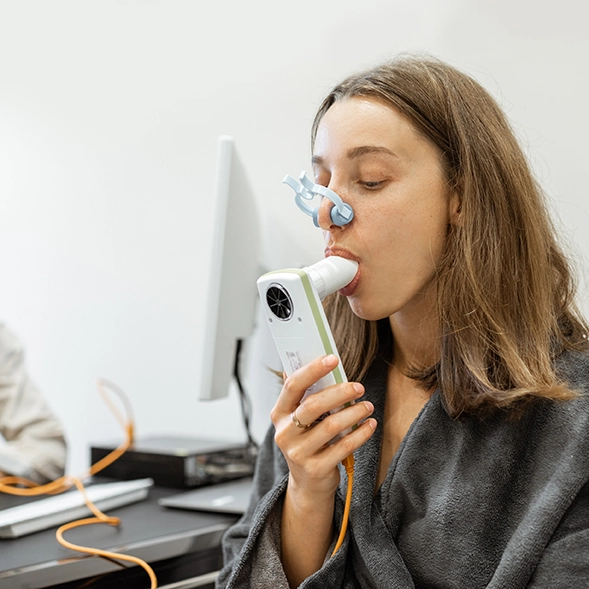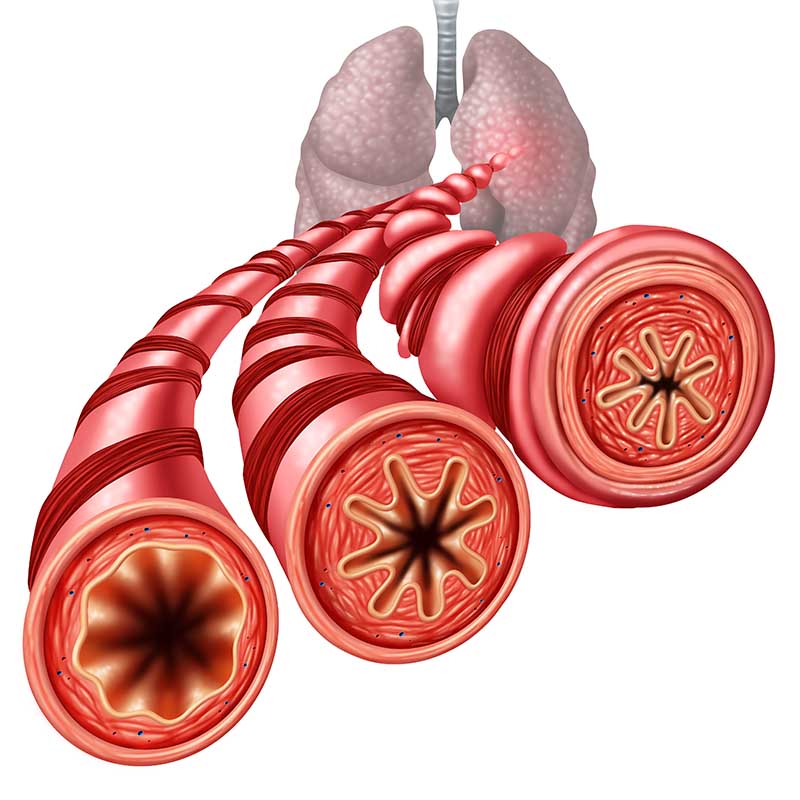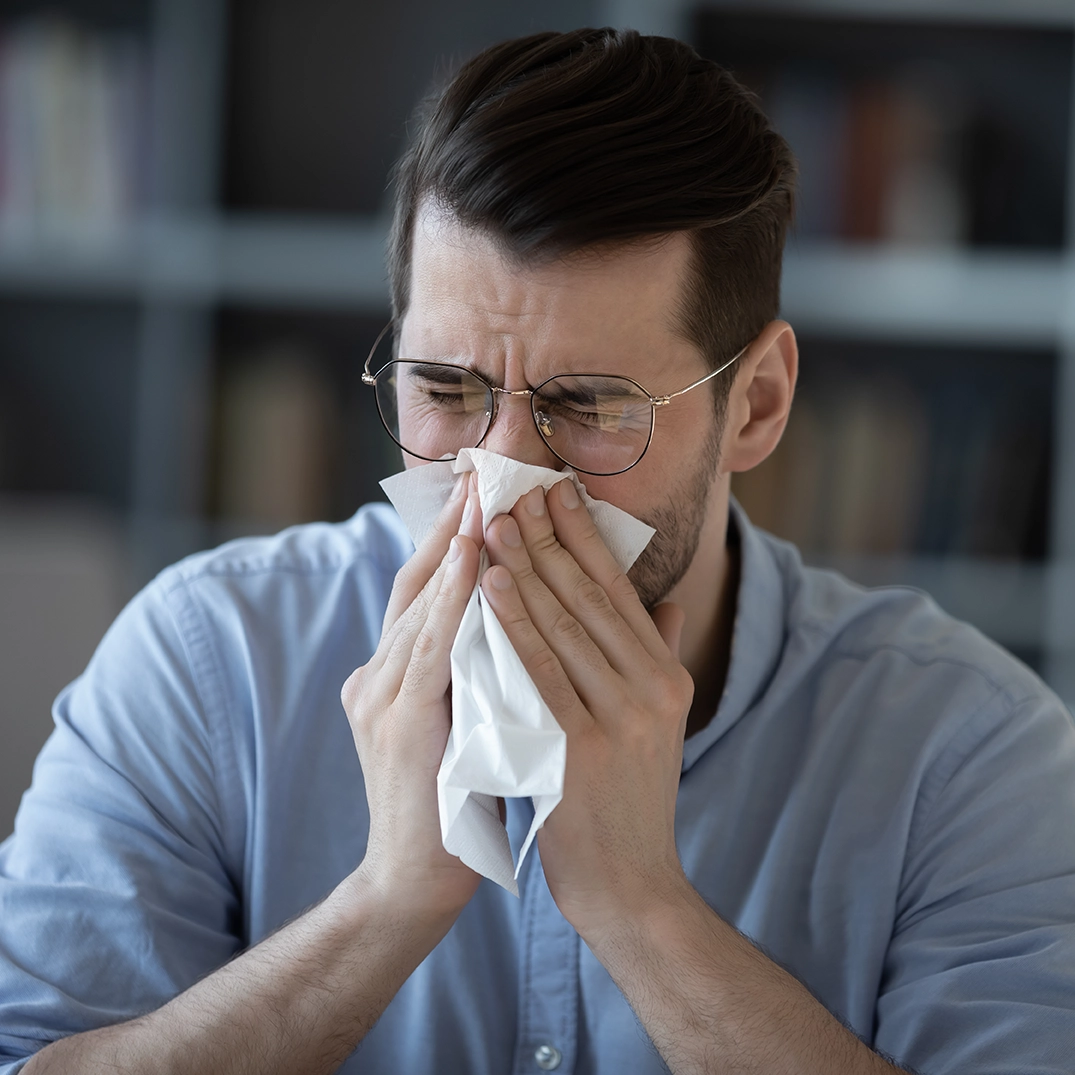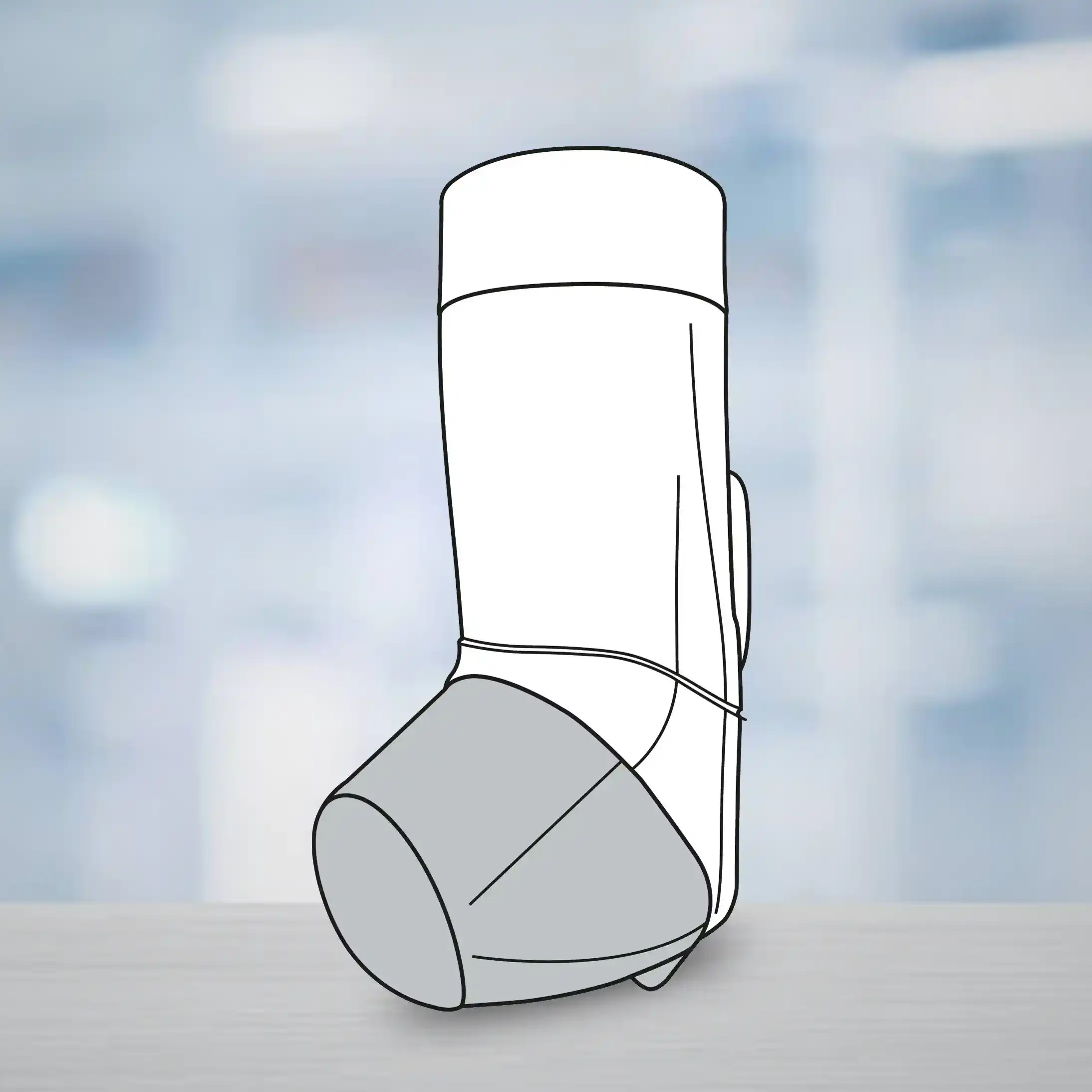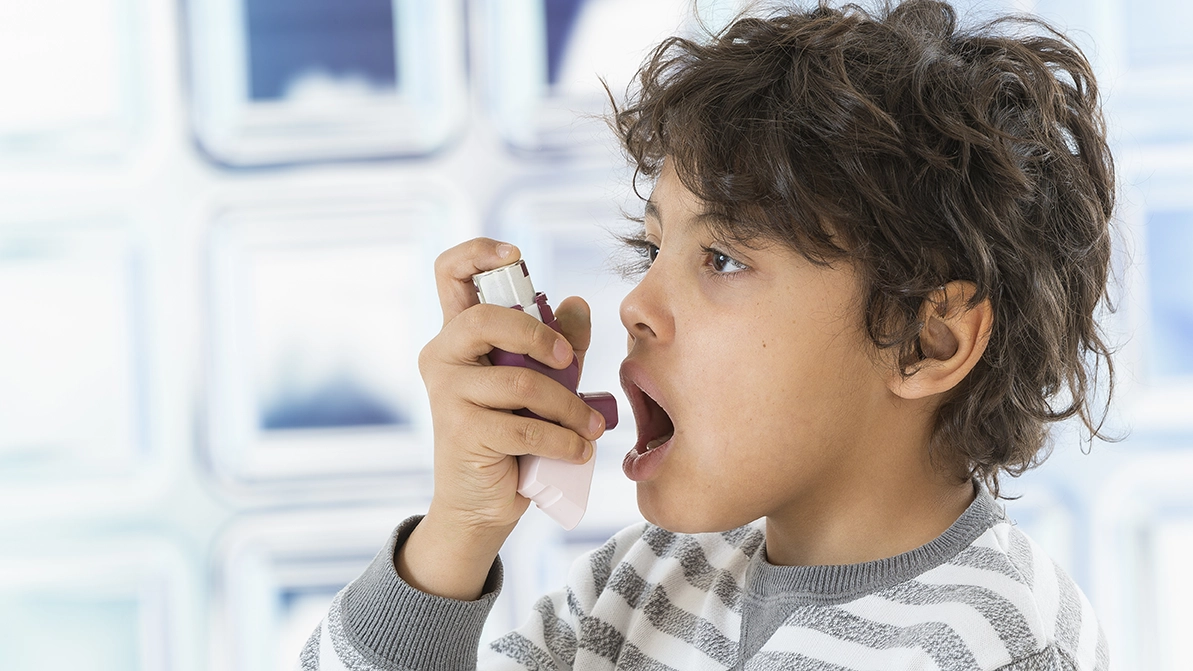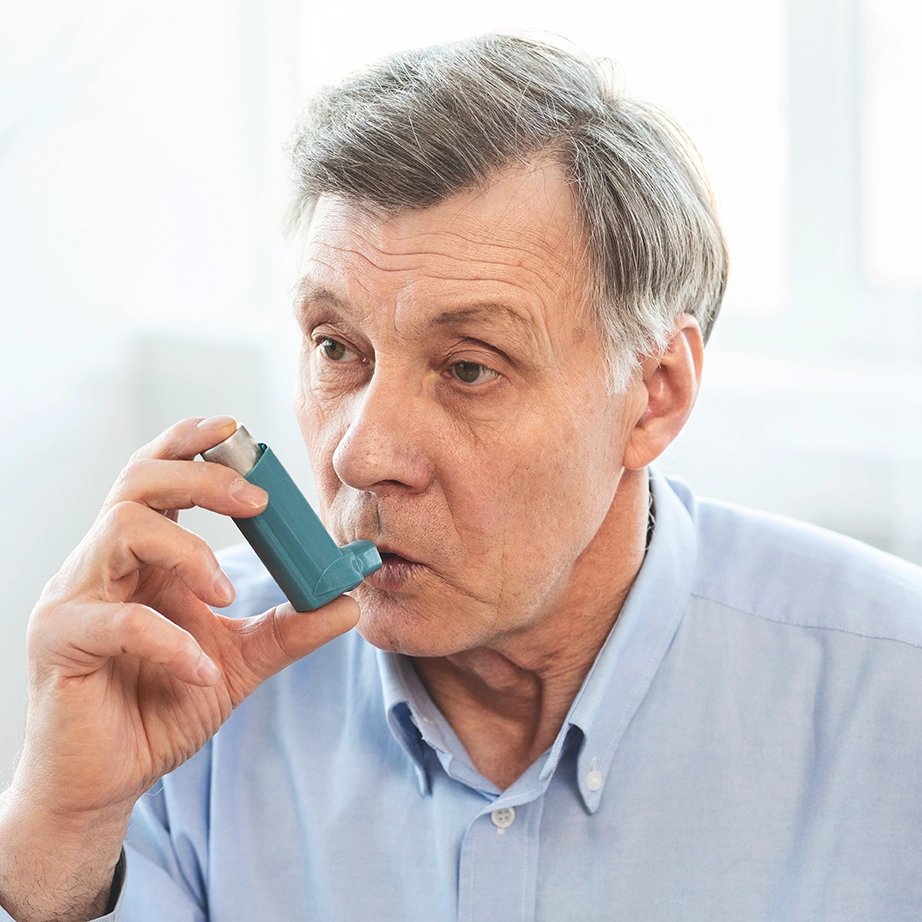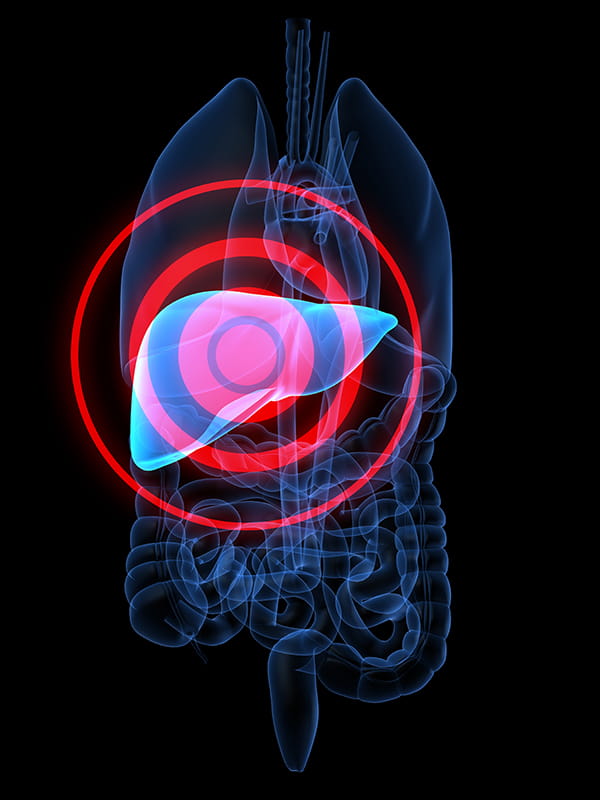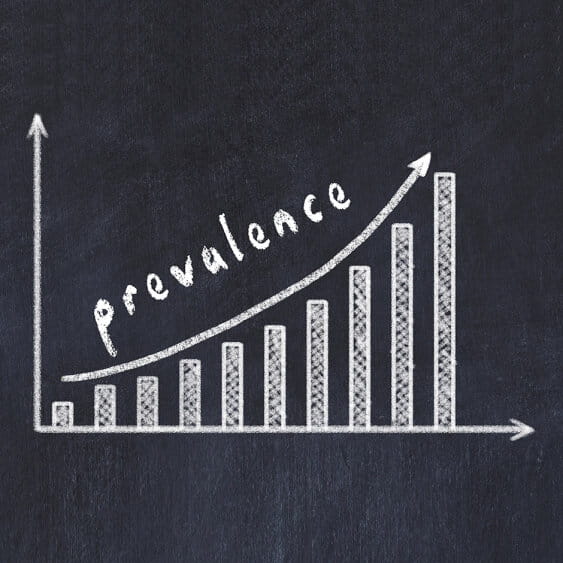Impact of Edutainment Use in Video-Based Learning on Oral Health Education for School-Age Children
27 Mar, 25
Introduction
School-based oral health education (OHE) for children had been established to overcome the barriers that children and families may face while accessing dental services. Edutainment (various entertainment programs designed for education) may serve as a promising learning tool for the OHE platform. Nevertheless, the impact of age appropriate edutainment video on OHE has not been ascertained until now.
Aim
To evaluate the effectiveness of edutainment on oral health (OH) when used for OHE in school-age children.
Patient Profile
- Students (age: 9.2–10.8 years, n=210) who had not been a part a similar OHE program in last 6 months or had not received any extra OHE other than the national curriculum.
Methods
Study Design
- A three-arm parallel, randomized controlled trial
Randomization
- The study participants were randomized to one of the following learning methods while receiving the same content of OHE: classroom learning (CL); edutainment in video-based learning (EVBL); and EVBL with repetition (EVBL-R).
- OHE sessions were held once a week for each content domain related to the test question. The study subjects were followed up at months 3 and 6
Content Domains
- A total of three content domains based on general knowledge regarding dental and gingival diseases were included in the study:
- Necessity of regular dental check-up visits (D-I)
- Oral health care (D-II)
- Diet (D-III)
Outcomes
- Knowledge, behavior, and behavioral intention scores from the purposefully developed test questions for this study using multiple-choice and yes-no questions.
Assessments
- At baseline, all the study subjects completed the demographic data and pre-test questions and were examined for their oral health (OH) status.
- The visible plaque (VPI) and gingival index (GI) were evaluated at baseline, immediately after the intervention, and at 3, and 6 months.
Results
- The knowledge score for two of the three content domains was significantly higher in the CL group (p = 01, p < 0.001). Nevertheless, all the scores in all the content domains improved immediately within all groups (p < 0.001) in the range of 26.58–53.35% vs. 4.12–29.77% of both EVBLs.
- There were no significant differences between the behavior and behavioral intention scores among the groups. EVBL and EVBL-R groups showed a significant improvement in behavior scores throughout their follow-ups (p = 0.017, p = 0.006) in the range of 1.19–28.13% 1.90-15.16% of CL.
- The VPI improved among the groups in the range of 32.5-57.08% 36.45–38.79% of CL. at 3- and 6-month follow-up.
- The GI did not differ significantly between groups, but it improved significantly only within the EVBL-R group after the repetition.
Conclusions
- The study demonstrated EVBL to be comparable to the CL method in terms of encouraging positive OH behaviors in school children.
- While the CL method was preferable for providing core knowledge, the EVBL was more markedly applicable to ‘how-to content’, such as toothbrushing techniques.
- The repetition of the edutainment video at least every three months might promote a better OH status in school children.
- While the results of this study can be extended to any OHE program for school-age children, a school-based OHE program integrating both CL and EVBL in one lesson may prove to be more effective.
BMC Oral Health. 2025; 25:381. DOI: 10.1186/s12903-025-05717-9.


